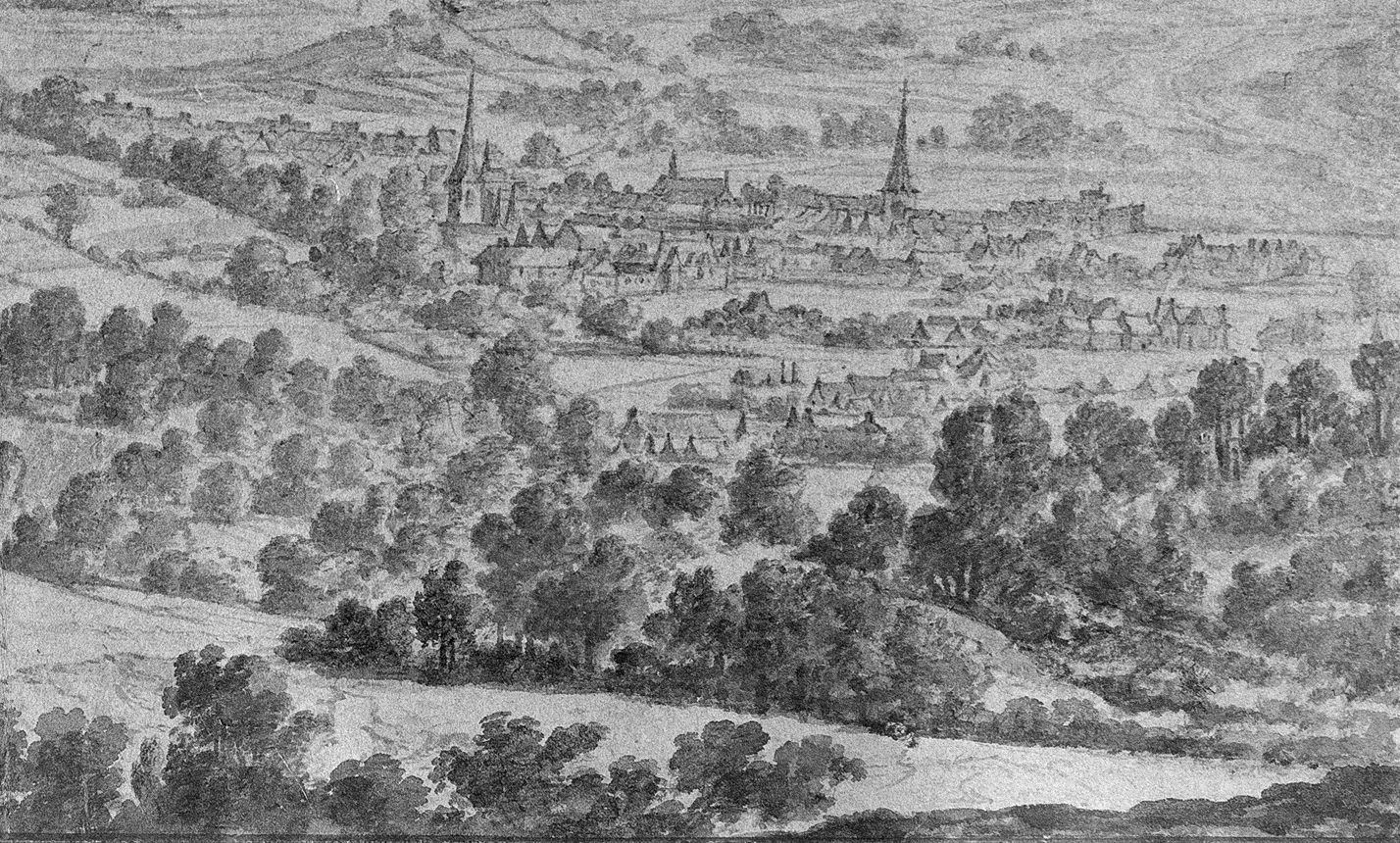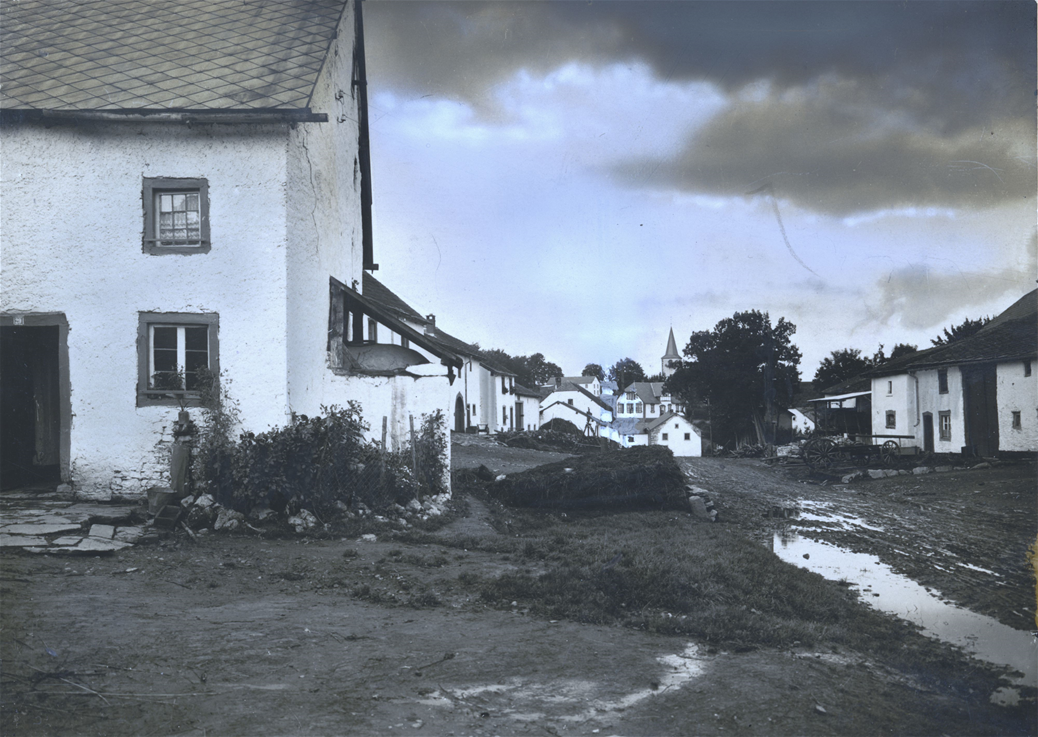As early as the middle of the 19th century, when photography was born, it was part of the photographer’s work to enhance, to retouch, the technically not always flawless pictures. The general public was rarely aware of this in the 20th century. Small, compact and handy machines that were accessible and easy to use made photography accessible to everyone. But editing photos generally required technical knowledge and a photo lab and was therefore only done by experts.
Among historical figures, Stalin, among others, is known to have removed certain opponents from photographs. Image manipulation is part of the programme in totalitarian regimes in order to adapt representations according to popularity.
This also applies to film. Leni Riefenstahl, for example, adapted the real world in her films through skilful manipulation. In this way, she instrumentalised the emotions of the audience and created idealised representations of the ‘Third Reich’.
Today, manipulated news, images and films (‘fake news’) play an increasingly important role in media reporting. Distinguishing reality from manipulated reality has become an almost everyday challenge.
In 1935, the book ‘Die Kunstdenkmäler von Eupen-Malmedy’ (art monuments of Eupen-Malmedy) was published. Heribert Reiners and Heinrich Neu inventoried churches, chapels and sacred objects of East Belgium. Other authors produced similar works for other districts of the Rhineland almost simultanesously. They placed the art monuments in a local-historical framework via a historical classification. This important work continues to inspire local historians today. Some of the pictures taken at that time have been preserved.
The photograph of the village of Neundorf (probably from 1933 or 1934) is available in two versions, taken shortly after each other. The village was electrified in 1929. In one photograph, the power poles in the village can be seen. A horse-drawn vehicle is also driving along the village road. In a second, slightly offset photograph, the power poles and the horse-drawn carriage have been retouched.
Only the retouched version appears in the book printed in 1935. We can only speculate why the authors wanted this. At the time, the connection to the electricity network could be interpreted as a sign of modernity. Did the authors want to show a propaganda image of a backward, powerless Belgium? Did they want convey notions of near-perfect village idyllic scenes to the reader? Or were the masts and the carriage simply removed for aesthetic reasons?
Carlo Lejeune/Philippe Beck
From ZVS, 2017/04, p. 92; 2017/06, p. 142; 2017/08, p. 187.


